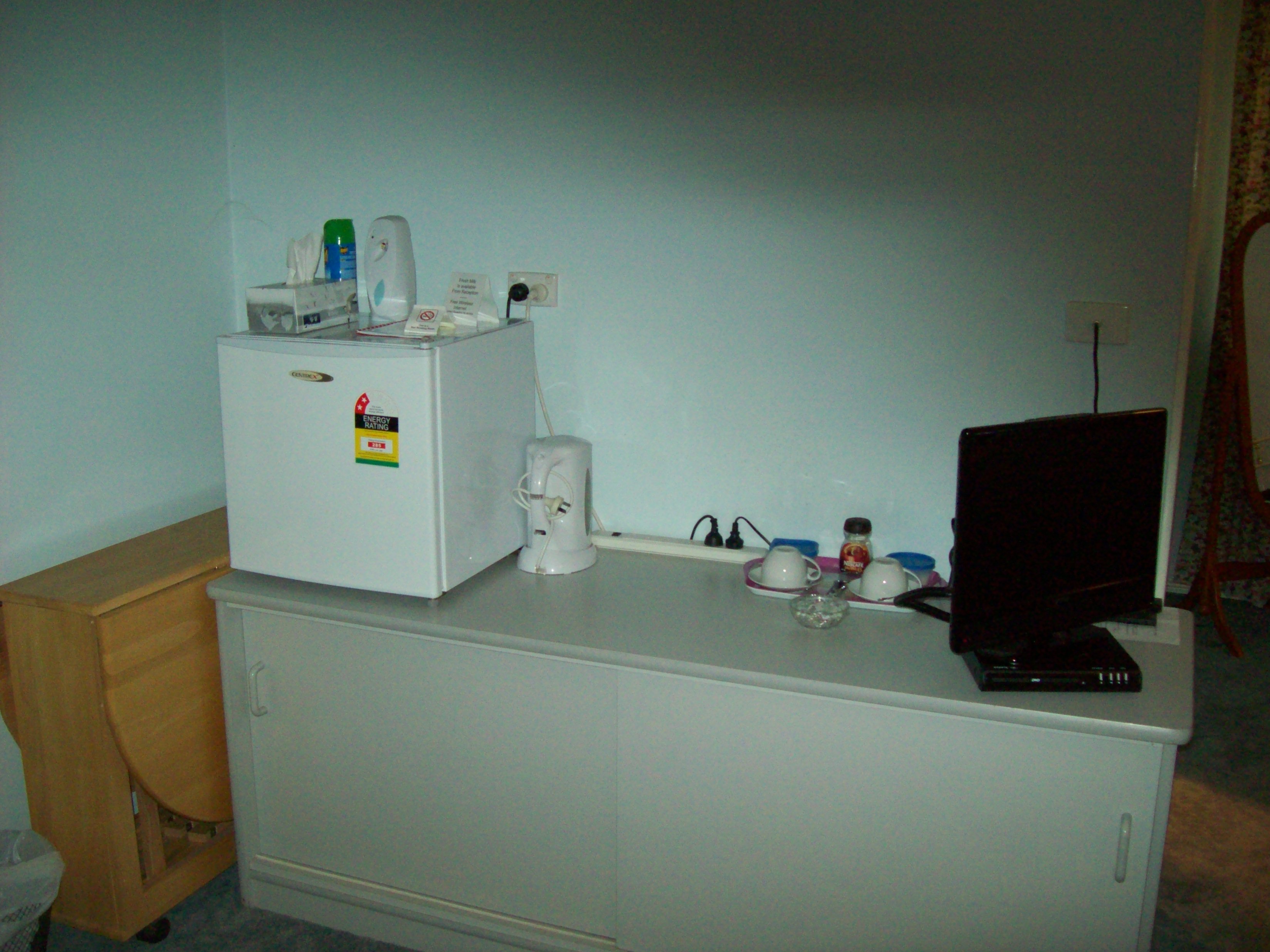How we fertilise the Gardens
We originally designed this system when we lived in the North West of WA where the soil structure was so bad that the garden plants relied on being fed to survive. The basis of the system are readily available garden reticulation fittings, a device called a 'Fertigator' and a large bucket or dustbin (we use a 60L plastic dustbin)
The Fertigator that we use was purchased many years ago from a Nursery in Queensland which no longer sells them. However, a check on Google shows that a similar device is available in plastic and can be purchased over the Internet. The device is a simple Venturi that sucks up liquid fertiliser into a stream of water. Our Fertigator has such a back flow valve built into the end that prevents fertiliser from entering the water supply but if your unit doesn't have such a valve built in, just use a hose tap available from any hardware store that has the valve as part of the tap. These can be recognised by the large round part on the spout of the tap. You may have to add the click type fittings to the Fertigator to allow it to be used as some just have threaded ends.
We control all the different sectors of the garden using 24 volt electric reticulation valves driven by two controllers so the garden is broken down into convenient sections. Between the valve and the drip feeds (detailed on another page here) we have a tee junction that leads to a short stub of pipe ending in a standard 'click together' hose fitting. This hose fitting is a non leak type that stops the water when you pull the sprinkler out. So when the water valve turns on, pressure is applied to the back of the hose fitting, sealing it and preventing any water escaping. However, plugging in the Fertigator moves the seal and allows us to provide a stream of water rich in fertiliser to the plants on that sector while the electric valve cannot allow fertiliser to pass to the water supply as it is turned off under mains pressure.
You can get the hose fittings that don't seal very well, usually the cheap ones, so after installation check that the seal is not leaking when the electric valve is on. To counteract this we made some "stop plugs" out of a click fitting and an old bolt which we plug into the offending hose fitting thus providing a complete seal. This method could be used with standard hose fittings by just removing the stop plug before inserting the Fertigator, replacing afterwards.
The hose fitting connected to the short stub pipe with the Fertigator plugged in.

The Fertigator. The small pipe goes to the water bucket to feed liquid fertiliser while the ends click into normal hose fittings.

The Fertigator in place with the large bucket of liquid fertiliser. The metal clip is there to prevent the Fertigator feed hose from resting on the bottom of the bucket. It also allows a certain depth of fertiliser water per section to be selected.

The extra tap used to feed water to the Fertigator


The bucket has a metal clip on the rim which holds the feed pipe. This means that the depth of the pipe can adjusted so when the liquid fertiliser drops below the pipe end, the Fertigator sucks air. This has several benefits. The first is that the if we forget to move the Fertigator to another sector, the sector only gets a definite amount of fertiliser rather than the whole bucket. Also the air being sucked in make a loud noise that alerts us to change the sector so we don't have to watch the system all the time. The clip is also used to stop the feed pipe from 'bottoming out' in the bucket so it doesn't suck debris into the small pipe, blocking it.
The liquid fertiliser that we use is the cheapest we can find, especially if its on special, as most general purpose soluble fertilisers have roughly the same ratio of N-P-K, but try to get those that have trace elements as well. We also use Urea that dissolves readily in water and often add some seaweed mixture, Epson salts and soluble potash as well. All this is mixed in the bucket, taken to the valves and the bucket filled with water from the tap prior to use. Fertilising every 3-4 weeks seems to give the best results.
Using this system we can fertilise half an acre of garden in about 30 minutes.